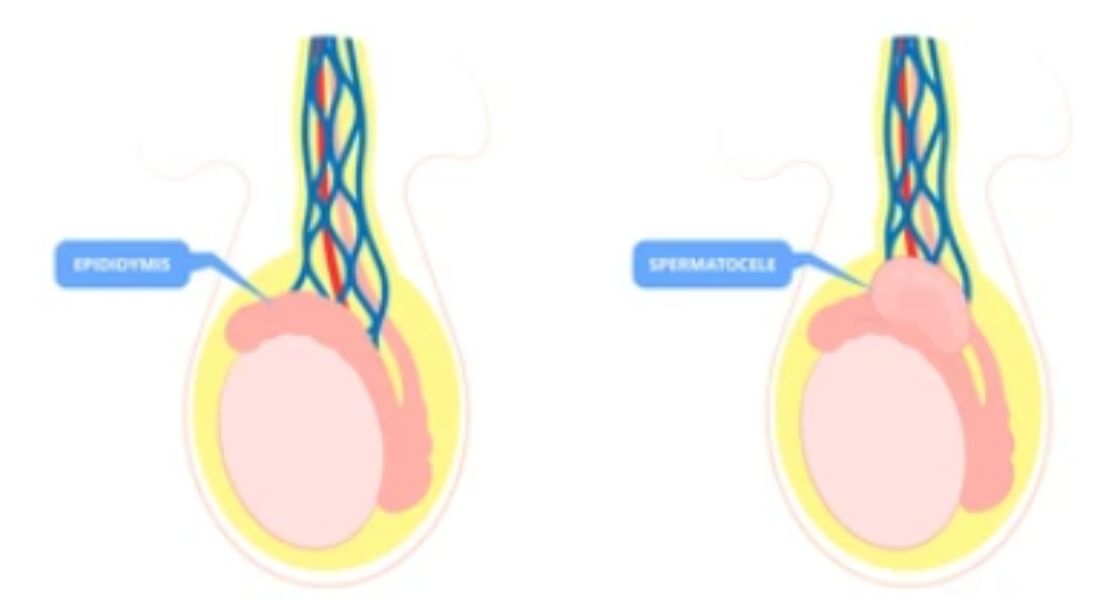Categories
The Problem of Undescended Testes
Dec 07, 2022
A frequent referral to a Pediatric Urology clinic is a boy with an absent testis either on one or both sides. The condition is simply called Undescended Testis.
Why “Undescended”?
The testes develop inside the abdomen. This process of development is a complex process involving many hormonal and genetic factors. After the testis and its supporting organs have developed, it moves gradually downwards into the final position in the scrotum through a small gap in the muscles of the abdominal wall. The descent of the testis is also governed by a combination of many well coordinated processes and any disturbance any of these results in incomplete descent of the testis into the scrotal sac. The process is usually complete by 34 weeks of gestation, i.e approximately a month before delivery.
What happens if a testis does not come down to the scrotum?
In most cases, the absence of a testis in the scrotal sac is detected at birth. It is most frequent in premature children and less common in boys born at full term. Some boys are not noticed to have an absent testis at birth and are diagnosed much later.
There is no need for any active intervention in the first 3 months of life. A large number of undescended testes will descend spontaneously in the first 3 months. Of the remainder a few more may descend in the subsequent 3 months. So, by 6 months of life, a majority of boys with undescended testes would have spontaneously resolved. The probability of spontaneous descent after 6 months of age is low.
The temperature in the scrotum is lower than in the rest of the body and helps in the normal development of the testis. A testis which does not enter the scrotum is exposed to a suboptimal environment which has an adverse effect on its normal development. This testis gradually undergoes degeneration of the sperm forming cells and loss of fertility potential. It stays smaller in size than a normally descended testis and usually does not catch up in size even after surgical correction. The microscopic evidence of this damage is already evident in children as young as 6 months of age.
These damaged testes are also at an increased risk for injury and development of cancer.
What is the treatment?
No treatment is required in the first 6 months of age and the boy is observed for spontaneous testicular descent.
The diagnosis of the condition is made only on eliciting the patient’s history and a thorough clinical examination. There is only a limited role for tests like ultrasonography, CT scans or MRI scans.
If a testis does not descend beyond 6 months of age, the ideal treatment is a simple operation called “Orchidopexy”.
A testis that is not in the scrotum but felt under the skin in the groin requires a simple operation which can be done on a day care basis and the patient is sent home on the same evening.
Sometimes a testis cannot be felt in the groin and is inside the abdomen. These children need a slightly more complex operation where a telescope is passed into the abdomen to identify and bring down the testis into the scrotum. This may be done in a single stage or in 2 stages, 6 months apart. This operation requires admission for 24 hours.







